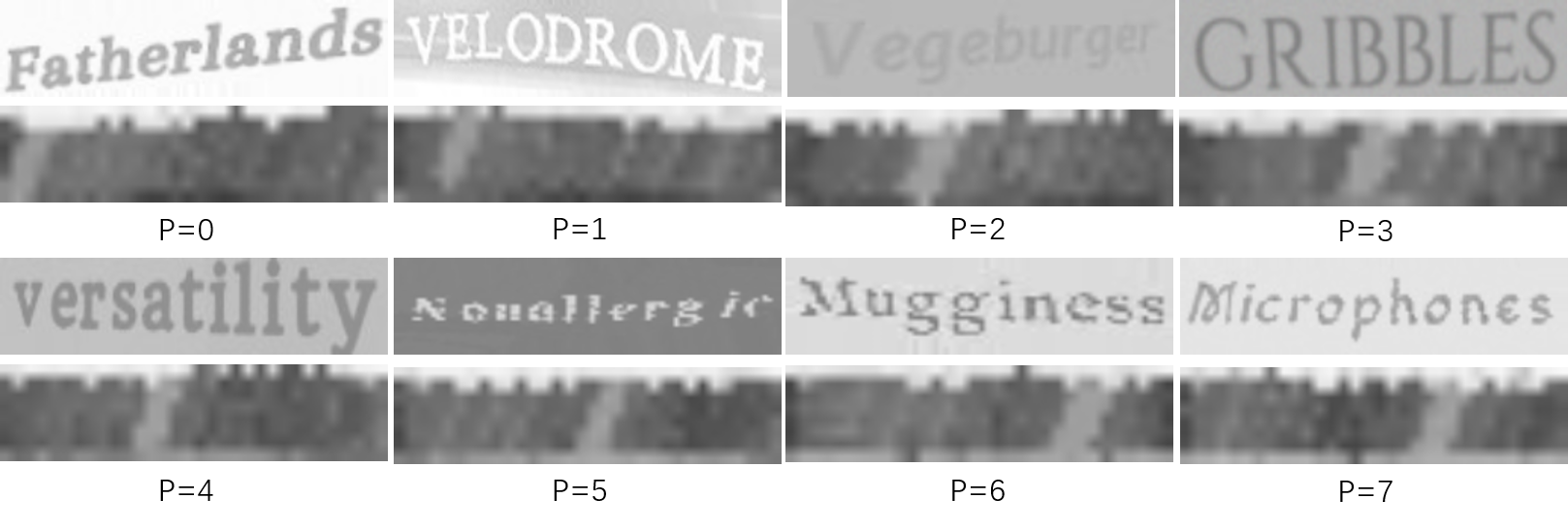From Two to One: A New Scene Text Recognizer with Visual Language Modeling Network
In this paper, we abandon the dominant complex language model and rethink the linguistic learning process in the scene text recognition. Different from previous methods considering the visual and linguistic information in two separate structures, we propose a Visual Language Modeling Network (VisionLAN), which views the visual and linguistic information as a union by directly enduing the vision model with language capability. Specially, we introduce the text recognition of character-wise occluded feature maps in the training stage. Such operation guides the vision model to use not only the visual texture of characters, but also the linguistic information in visual context for recognition when the visual cues are confused (e.g. occlusion, noise, etc.). As the linguistic information is acquired along with visual features without the need of extra language model, VisionLAN significantly improves the speed by 39% and adaptively considers the linguistic information to enhance the visual features for accurate recognition. Furthermore, an Occlusion Scene Text (OST) dataset is proposed to evaluate the performance on the case of missing character-wise visual cues. The state of-the-art results on several benchmarks prove our effectiveness. Code and dataset are available at https://github.com/wangyuxin87/VisionLAN.
PDF Abstract ICCV 2021 PDF ICCV 2021 Abstract




